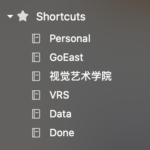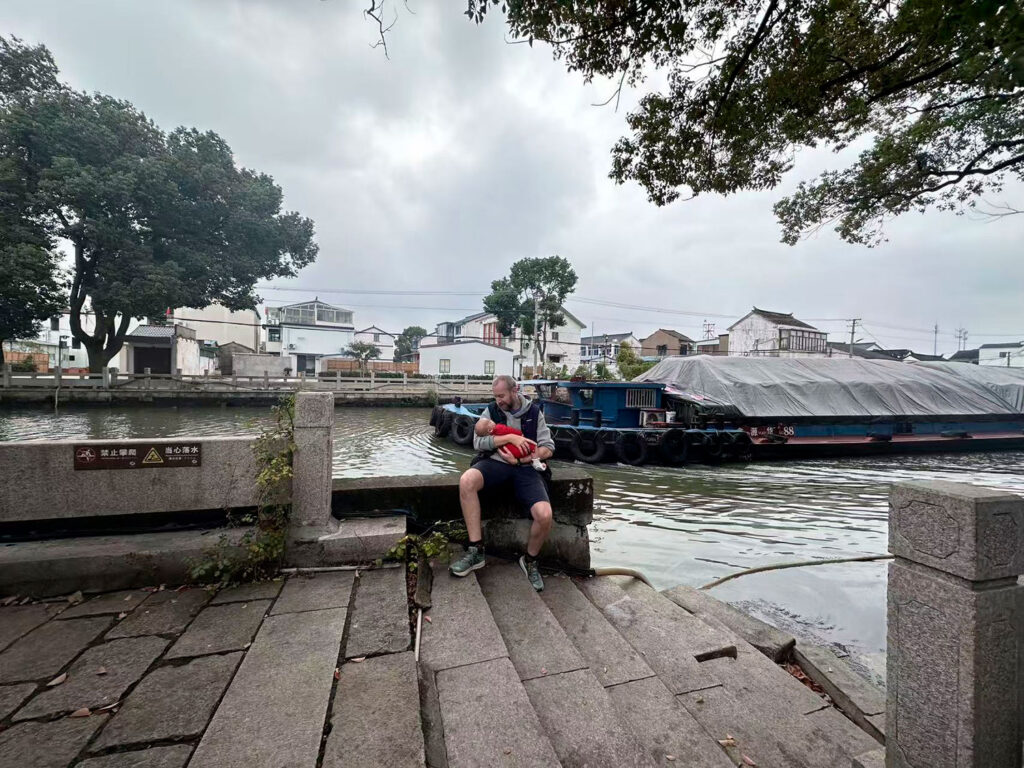An asset or resource is something you dig up (like coal), or someone you hire like a great CEO (yes, that’s why they call it ‘human resources’).
When you’re a car company, you use resources like steel and rubber and leather to make engines and wheels and seats, and in the end; cars. You can pick better materials and use better fabrication, and optimize all you want, but in the end, you’re still moving stuff from A to B, and change them to form X to Z.
Instead, infrastructure gets resources from one place to another place. Infrastructure is a cable or road, or I’d say a way of doing things. Whereas a great CEO is a resource, a great internal promotion system is an infrastructure.
It gets interesting if something can change from being a resource and become an infrastructure.
Energy used to be a resource. We used to transport coal from all around the planet, shovel it into an oven, burn it to produce fire, which in turn heats water, which in turn produces electricity. It’s a constant chain of steps.
Energy is now moving to become infrastructure, with solar panels and windmills. Yeah, you still need to make them and put them in place, but after that, they’ll put electricity into the cables for twenty years. And whereas coal will always be coal, energy as infrastructure is a technology and can improve, become more efficient and cheaper.
Data if done well becomes an infrastructure, not a resource. At GoEast we could do a yearly survey with an external research agency and basically buy an Excel sheet about what Mandarin learners think. But instead, it’s a part of GoEast’s operation; students are constantly asked in-person or by email about how the courses go. Internally, these reports or quotes are discussed weekly. The same for GoEast’s website: Google Analytics runs always and we see how long people stay on which page. It’s not so much a ‘coalmine’ of data, it’s a window.
I’m also thinking about football. Some football clubs are funded by oligarchs and make mega transfers, but Ajax from Amsterdam (who don’t have that money) have a great infrastructure to train talents (which gets bought by said clubs funded by oligarchs). And it’s actually the same for GoEast again. There’s a shortage of great Chinese teachers, so GoEast has a large network in place to hire good teachers and train them internally to make them great.
In advertising, it’s also worth thinking about the metaphor of infrastructure. Instead of buying clicks with banners, you can focus on building a good search ranking on Google so that you have a constant flow of traffic. Instead of relying on short-term discounts to increase your revenue, you can focus on long-term brand building so that your customers will also buy your products at full price — and that you keep investing that extra revenue into product quality.
On a personal level, it’s about habits, not singular acts. It’s not about skipping a single lunch, but eating somewhat healthy every day of the week. It’s better to run five kilometers three times a week rather than run ten kilometers every Saturday.
For me, it’s also organizing my calendar and notes on my computer. I know my memory has its limits, but if I can quickly find what I’m looking for inside my notebook, that’s a fantastic infrastructure. That’s why I write everything down with tags into separate notebooks.

A computer geek takes time to learn short-cuts used in software such as Microsoft Word or Adobe Photoshop, while the non-geek still needs to move his mouse cursor all the time. These time investments reward themselves over time, just like a programmer writing a script to automate daily tasks. Bruno Oliveira made this graph to illustrate that:

Good infrastructure beats good resources
A company that gets code developed fast has a huge advantage over competitors, regardless of their starting points. A brand that is able to sell its products at full-price will likely beat competitors that need to rely on discounting to do so because the last one will deplete its resources. Hiring and training from your own pool of talents is much easier than having to recruit a headhunter. Compared to once-a-year Excel sheets, live-data shows better which behaviors drive which actions because the feedback cycles are shorter, clearer. Doing market-orientation all-year-around beats doing market-orientation only at the launch of your company. And crash diets don’t work.
Only long term results are meaningful, only the things you can sustain matter. For me, that’s why the metaphor of resources versus infrastructure works. I try to lay out as many aspects of my life and work as solar panels, not as coal mines.



